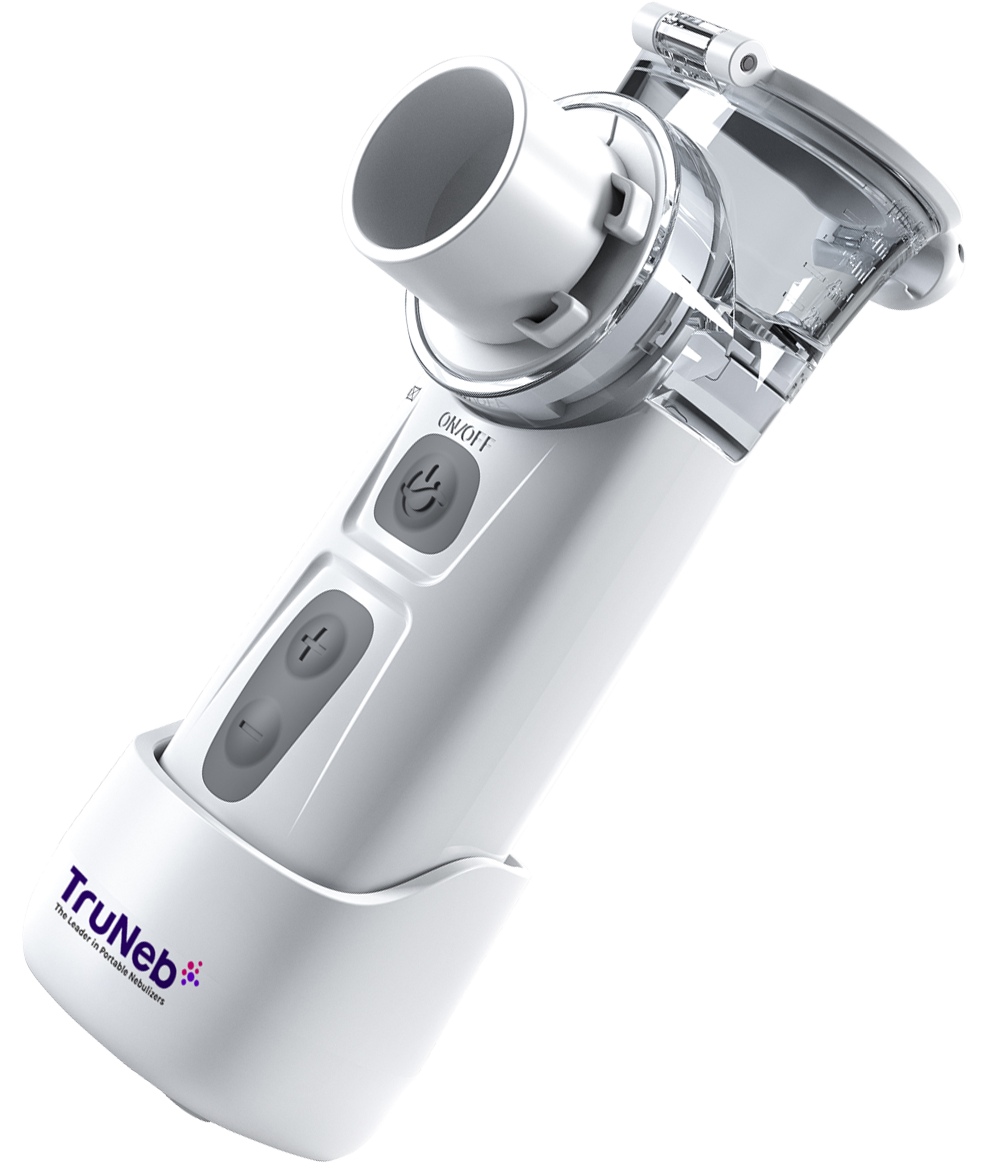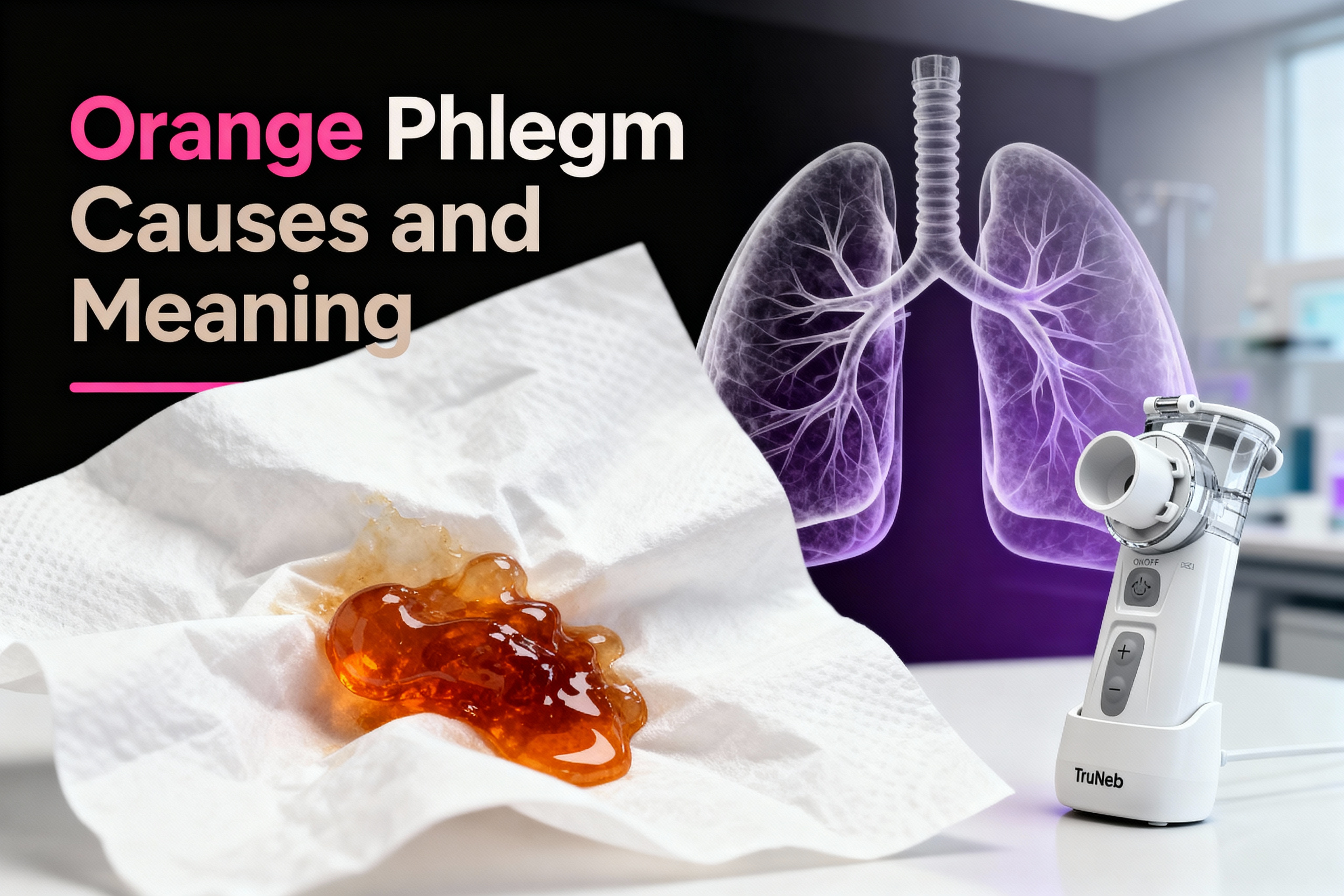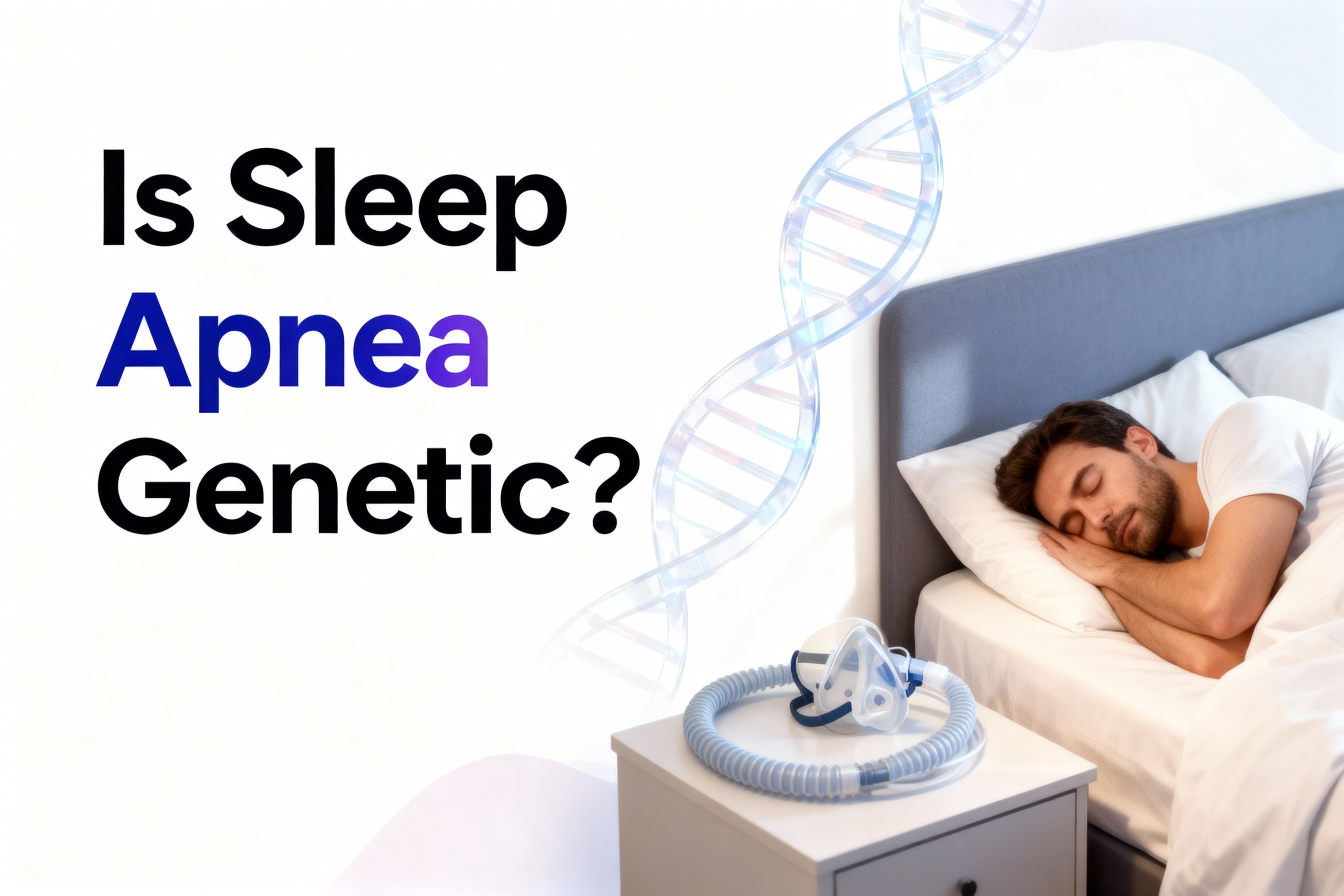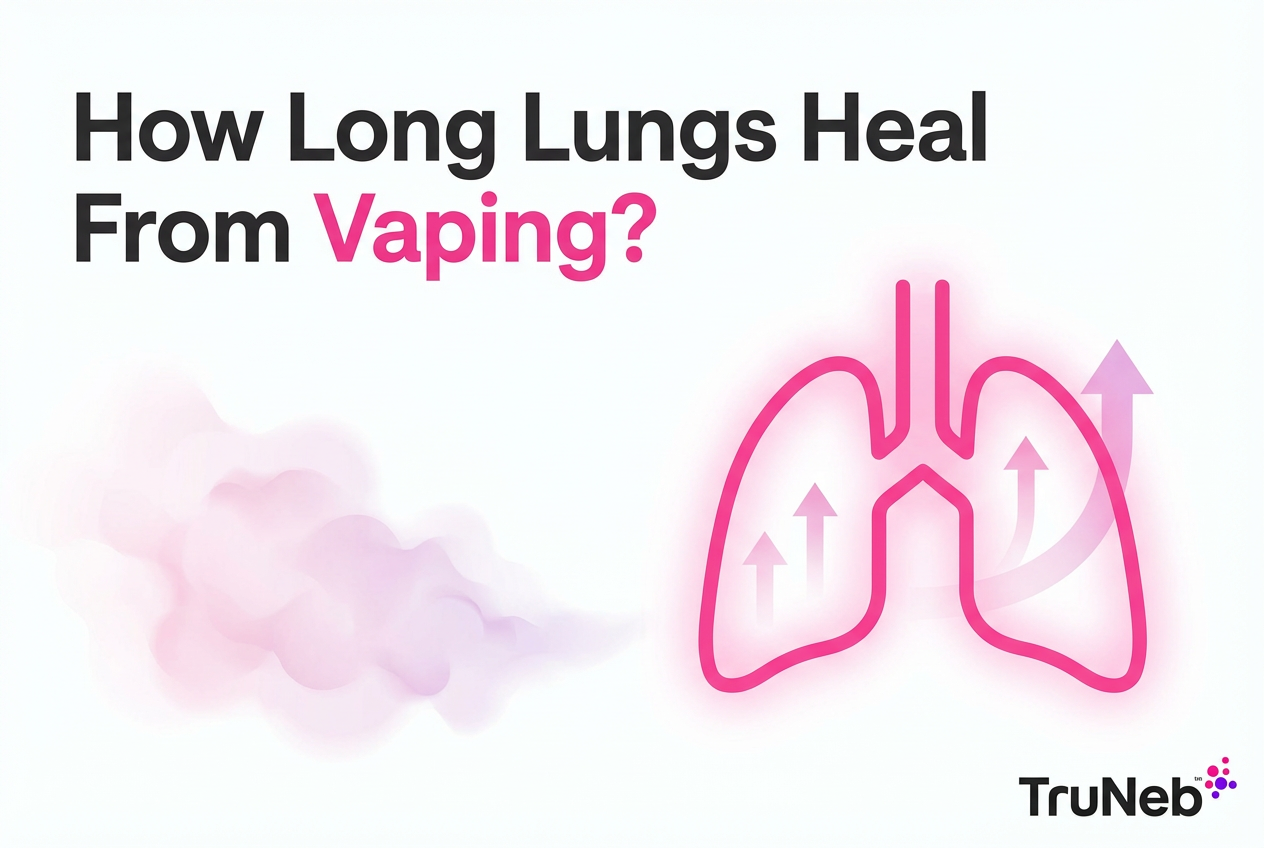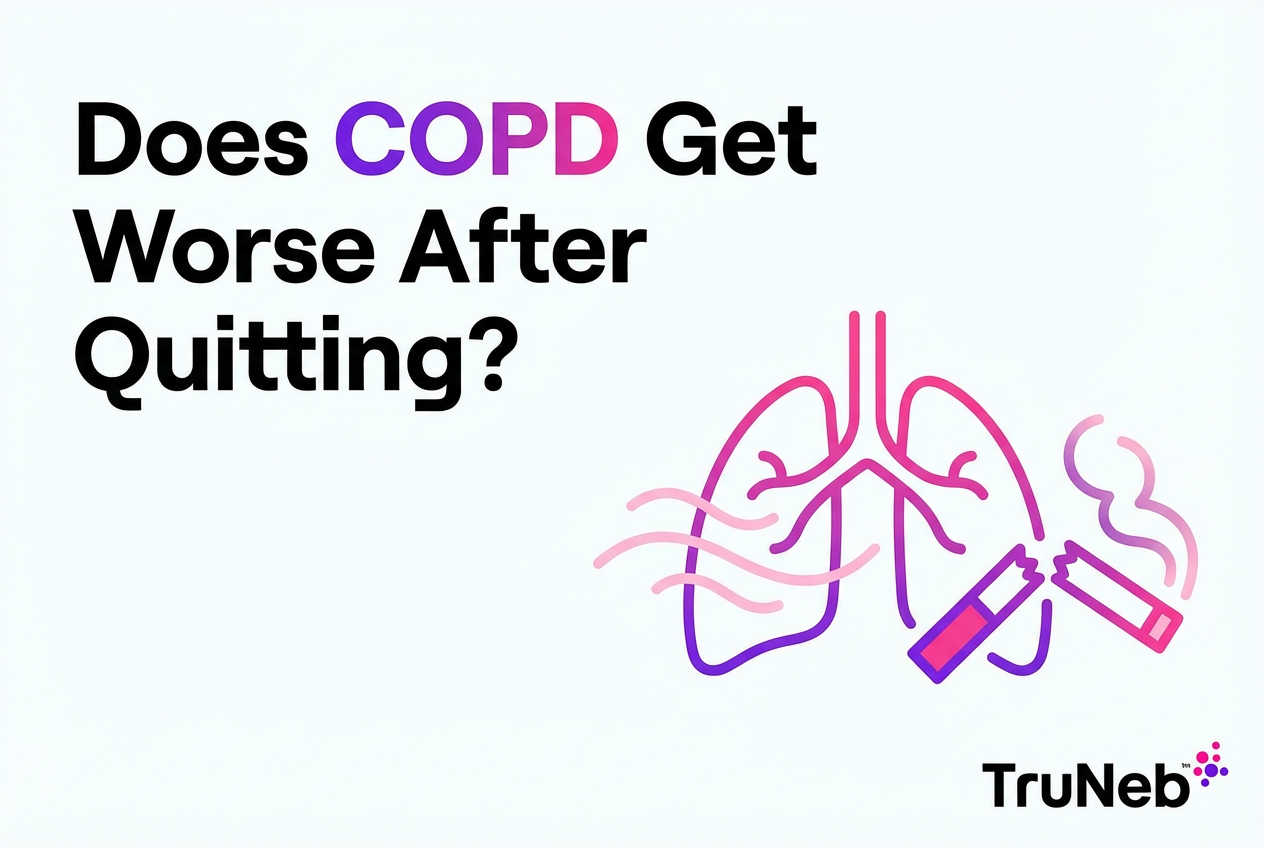On this page
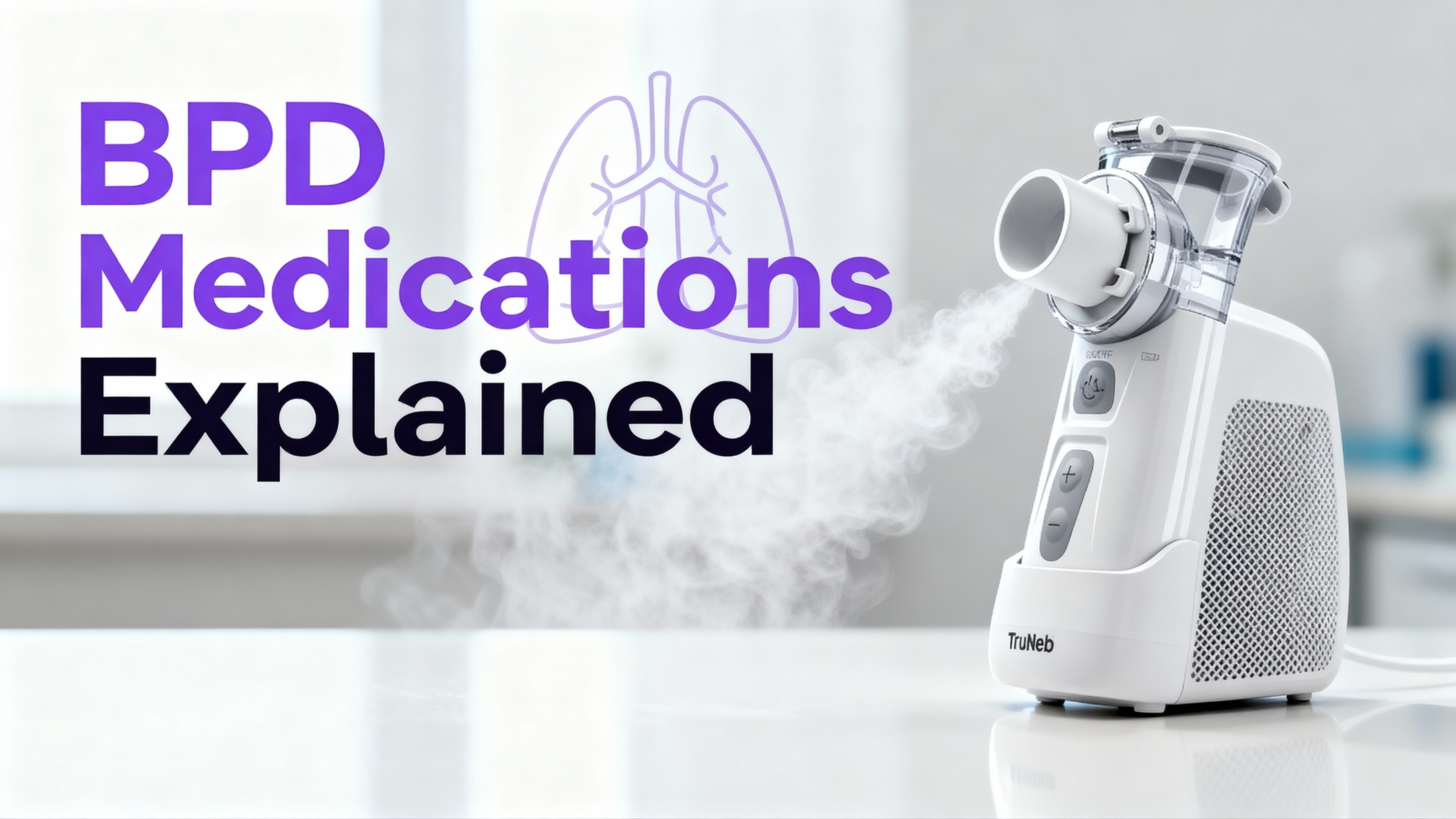
Understanding Bronchopulmonary Dysplasia and Why Medications Are Used
Bronchopulmonary dysplasia (BPD, also called chronic lung disease of prematurity) is a chronic lung condition that affects premature infants who needed extra oxygen or a ventilator early in life. Their lungs are still developing, so irritation and scarring can make breathing harder.
There isn’t one "cure." Care teams mix supportive care and medications to help babies breathe, grow, and heal over time.
In short: BPD medications don’t cure the lungs; they help the baby breathe easier while the lungs mature.
What you’ll see in care:
- Oxygen and gentle breathing support
- Diuretics to lower fluid
- Bronchodilators to open airways
- Corticosteroids to reduce inflammation
- Caffeine citrate to steady breathing
- Other supports like vitamin A, RSV prevention, and nutrition
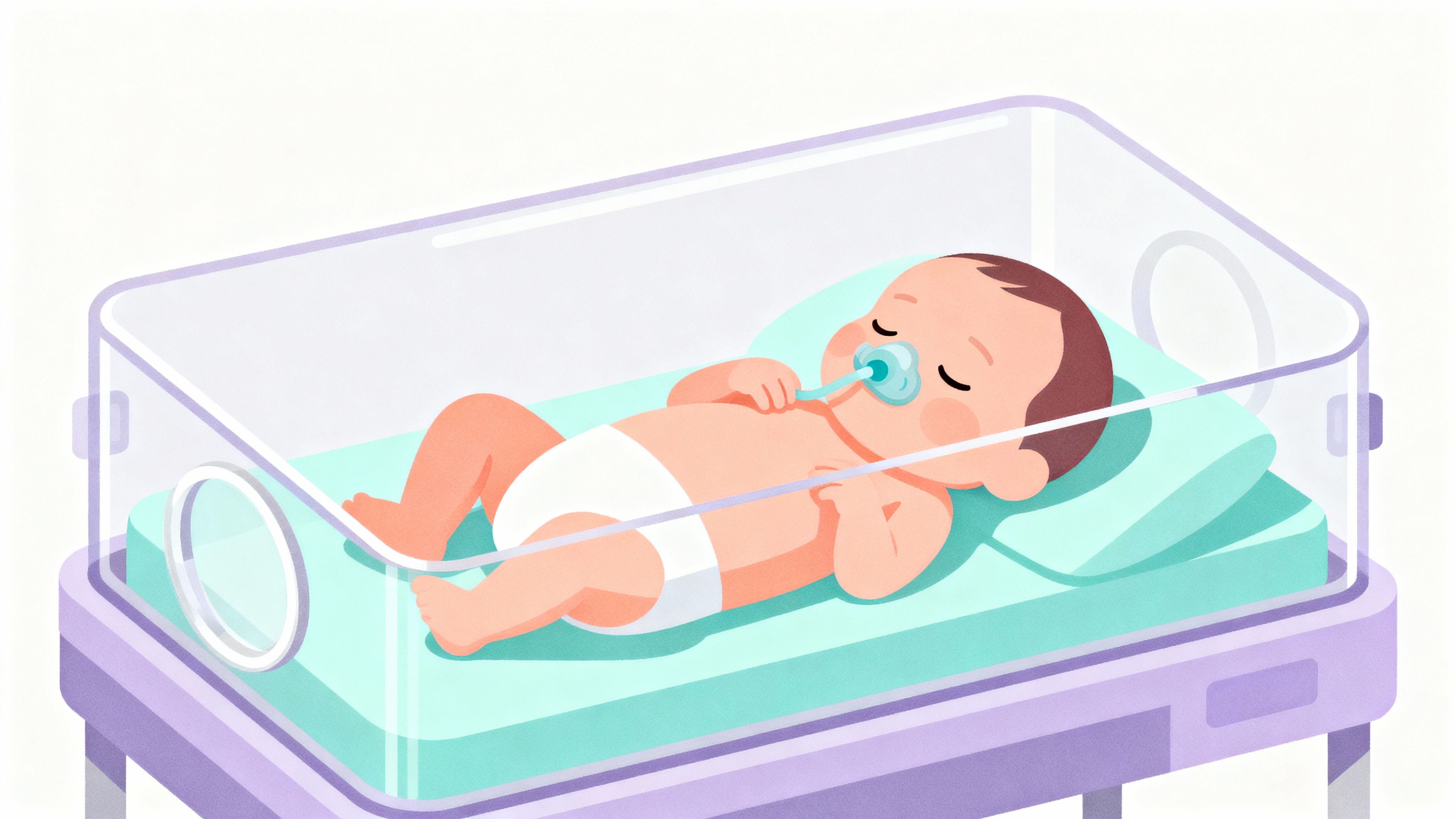
The Role of Respiratory Support in BPD Management
Keeping oxygen levels safe is step one. Babies with BPD often need a nasal cannula, CPAP, or a ventilator. Teams aim for enough support to keep oxygen in a healthy range while avoiding more lung irritation. Oxygen targets are carefully managed by the care team.
Gentle strategies like CPAP and careful oxygen targets can lower stress on fragile lungs. Fluid management typically goes along with this, since extra fluid can make breathing harder.
Key point: Oxygen and gentle ventilation are the base of BPD care, and medicines build on that support.
Diuretics for BPD: Reducing Fluid Load on Fragile Lungs
In BPD, tiny air sacs can swell and hold extra fluid. Diuretics help the kidneys remove fluid from the body, which can lessen lung congestion and make breathing easier.
Common options include the loop diuretic furosemide (Lasix), a thiazide like chlorothiazide, and sometimes spironolactone. These are used for short-term relief in the NICU or at home, depending on the plan.
What to know:
- Diuretics can improve breathing comfort in the short term.
- Studies have not shown a long-term outcome benefit, so teams use them thoughtfully.
- Side effects can include electrolyte changes and, with long use of some drugs, effects on bones.
Bottom line: Diuretics can help "dry out" the lungs for short periods, but they don’t change the overall course of BPD.
Bronchodilators: Opening Airways to Ease Breathing
Some infants with BPD have tight or twitchy airways that act a bit like asthma. Bronchodilators relax the muscles around the airways so air flows more freely.
Albuterol is the most common example. It’s given through a nebulizer or an inhaler with a spacer mask. An anticholinergic like ipratropium can be added in some cases.
Important context:
- Bronchodilators can help during wheezing or clear episodes of tight airways.
- Routine use for every baby with BPD is not supported by strong evidence.
- Side effects can include a fast heartbeat or shakiness.
In short: Bronchodilators can help when airways are tight, but they aren’t a daily solution for every baby with BPD.
Note on home delivery: If your care team prescribes inhaled meds after discharge, a portable mesh nebulizer like TruNeb™ can make treatments on the go simpler. Follow your clinician’s guidance on device choice and technique.
Note: Steam inhalers aren’t nebulizers and aren’t used to deliver prescription breathing medicines.
| Medication class | Why it’s used | Examples | Key notes |
|---|---|---|---|
| Diuretics | Reduce excess fluid to ease lung congestion | Furosemide, Chlorothiazide, Spironolactone | Short-term relief; monitor electrolytes; prolonged loop diuretics can affect bone mineralization |
| Bronchodilators | Relax airway muscles to relieve wheeze/tightness | Albuterol, Ipratropium | Trialed for symptoms; not routine for all infants with BPD |
| Corticosteroids (systemic) | Reduce lung inflammation; aid ventilator weaning | Dexamethasone, Hydrocortisone | Reserved for severe cases; short courses; potential neurodevelopmental risks1 |
| Inhaled corticosteroids | Target airway inflammation locally | Budesonide | Evidence mixed for prevention; sometimes used after extubation |
| Methylxanthines | Stimulate breathing; reduce apnea | Caffeine citrate | Standard in very preterm infants; facilitates extubation; usually well tolerated |
| Other supports | Prevent complications or treat comorbidities | Vitamin A, Palivizumab, Sildenafil | Vitamin A shows modest BPD reduction2; Palivizumab prevents RSV; Sildenafil for BPD with pulmonary hypertension |
1 Systemic steroids are used selectively and briefly in ventilator-dependent infants due to potential neurodevelopmental risks.
2 Trials show a modest absolute reduction in BPD with vitamin A; practice varies by NICU.
Corticosteroids: Calming Lung Inflammation
Inflammation makes tiny airways swollen and sticky. Corticosteroids help bring that swelling down.
Two approaches:
- Systemic steroids (like dexamethasone or hydrocortisone) can help some babies come off the ventilator sooner. Because there are possible risks to brain and growth, teams reserve these for the sickest infants and use the lowest effective dose for the shortest time.
- Inhaled steroids (like budesonide) target the lungs directly, but research is mixed. They’re not standard to prevent BPD and are sometimes tried in select cases. Evidence for inhaled corticosteroids for BPD is mixed.
Key line: Steroids can help in severe BPD, but they’re used carefully because of potential side effects.
Caffeine Therapy: A Surprising Ally
Caffeine is a standard NICU medicine. Caffeine citrate stimulates the brain’s breathing center and reduces apnea (pauses in breathing). With fewer apneas, babies typically need less breathing support, which can lower BPD risk.
How it’s used:
- Doctors typically give caffeine citrate by IV or by mouth in very preterm infants and taper as apnea improves.
- Generally well tolerated
One-liner: Caffeine helps steady breathing in tiny preemies and is linked to better lung outcomes.
Other Helpful Interventions
Vitamin A supplementation
Vitamin A supports lung growth and immunity. Studies show a modest drop in BPD when extremely preterm infants receive scheduled vitamin A injections in early weeks. Not every NICU uses it routinely.
RSV prevention (Palivizumab)
RSV prevention (Palivizumab) can be dangerous for infants with BPD. Palivizumab is a monthly shot given during RSV season to help prevent severe infection. Your team will choose RSV prevention options based on current guidance.
Pulmonary hypertension treatment
Some infants with severe BPD develop high pressure in the lung arteries. Care can include oxygen and medicines like sildenafil or inhaled nitric oxide in selected cases.
Nutrition support
Growth is lung medicine. Fortified breast milk or special preterm formulas add calories and protein to fuel healing and new lung development.
Bottom line: These supports protect fragile lungs and help babies grow stronger over time.
Long-Term Outlook and Follow-Up
Most babies with BPD improve as their lungs grow in the first years of life. Some need oxygen or medicines for months; others wean sooner. A few can have asthma-like symptoms and need inhalers during colds or exercise later on.
Follow-up in neonatal or pediatric pulmonary clinics helps track breathing, growth, and feeding. With time and support, most children with BPD play, learn, and thrive.
Simple truth: Most infants with BPD get better as their lungs mature, though the timeline varies.
Safety first: Medicines for BPD have benefits and risks.
⚠️ Seek emergency care if your baby is working hard to breathe, has blue lips/skin, pauses in breathing, or you’re worried about immediate danger.
Your baby’s team will tailor the plan and watch for side effects. Talk to your doctor before trying a new medication.
Frequently Asked Questions
Tap or click a question below to see the answer:
Not always. Mild BPD is sometimes managed with oxygen and good nutrition. Medications are used when they can clearly help, and plans are individualized.
It varies. Most babies start weaning near their due date or in the months after. Diuretics are usually short term. Steroids, if used, are short courses. Some infants use inhaled meds later if symptoms persist.
Diuretics can cause electrolyte changes and, with long-term use, affect bones. Bronchodilators may cause jitteriness or a faster heart rate. Steroids can raise blood sugar and slow growth; systemic steroids also carry neurodevelopmental concerns. Caffeine may raise heart rate but is usually well tolerated.
There’s no instant cure, but risk can be lowered with modern NICU care: antenatal steroids for mothers when needed, gentle ventilation, careful oxygen targets, early surfactant for RDS, and good nutrition. Vaccines and RSV prevention help avoid setbacks.

